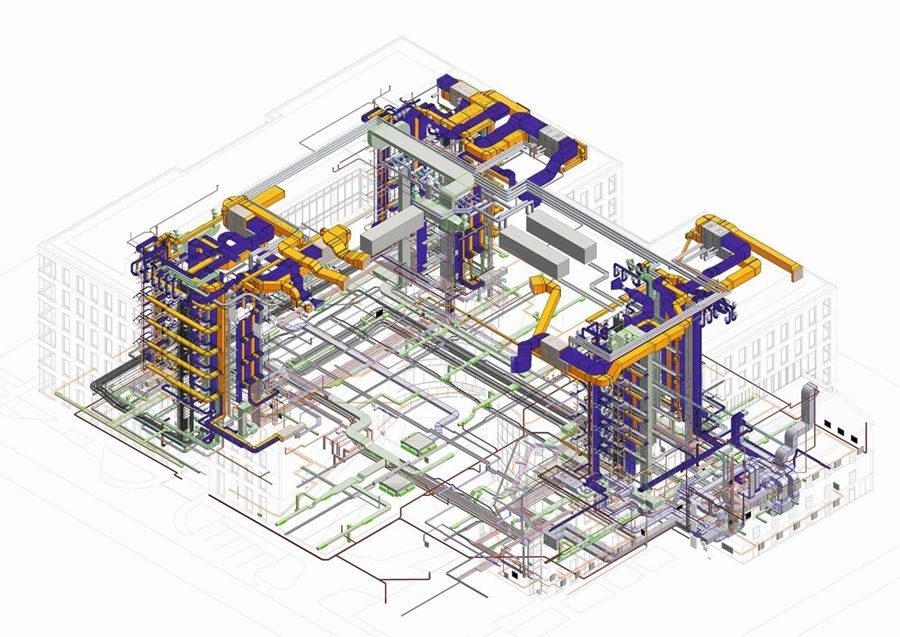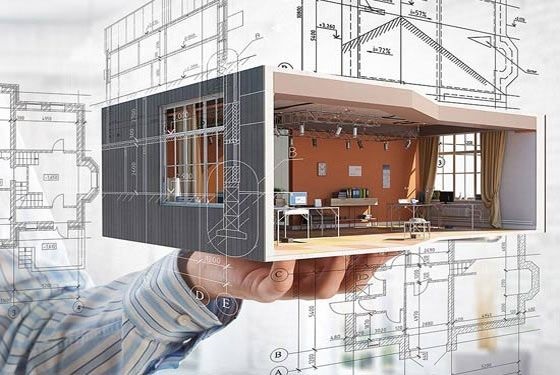Building Information Modelling (BIM): The Future of Construction Planning and Design
Building Information Modeling (BIM) is a collaborative process that involves the creation and management of detailed digital information about a building or structure throughout its life cycle. The goal of BIM is to create a virtual model of the building that can be used by architects, engineers, contractors, owners and other members of the construction team to facilitate decision making and improve project efficiency.
BIM involves using a centralised digital model to manage and share the information, data, and designs of all stakeholders involved in a construction project. Its benefits are clear and its need in the industry undisputed. BIM offers advantages over traditional methods, such as more efficient design coordination, better collaboration among different teams, and reduced costs and delays. So buckle up and let’s explore BIM together!

BIM Explained
So, what is BIM and how does it work in the construction industry? BIM, or Building Information Modelling, is a digital representation of the physical and functional characteristics of a building. It is a process that involves the creation of 3D models to simulate the construction and management of a building throughout its lifecycle. BIM has been widely adopted in the construction industry due to its efficiency and accuracy. With BIM, architects, engineers, and contractors can collaborate and share information in one centralised model. BIM allows for better visualisation and communication throughout the construction process, reducing the likelihood of errors and miscommunication. There are different levels of BIM, ranging from simple 3D modelling to more advanced 4D and 5D modelling, which includes time scheduling and cost estimation. The level of BIM used depends upon the requirements of the project. BIM software, such as Revit and ArchiCAD, are used to create 3D models, which can be further enhanced with other technologies like virtual reality (VR) and augmented reality (AR). In a nutshell, BIM is a game-changer for the construction industry. It facilitates collaboration and communication throughout the construction process, reducing errors and saving time and money. And with the advancements in technology, BIM is only going to get better.
Benefits of BIM
Alright, let’s talk about the benefits of BIM.
First off, BIM enables improved collaboration and communication among stakeholders throughout the construction process. With all aspects of a project being unified into one model, it becomes easier to identify and resolve potential conflicts, ultimately saving time and reducing misunderstandings. It’s like a group project in college, but with less frustration and more organization.
Furthermore, BIM provides a better project management system. With a comprehensive understanding of the project as a whole, decision-makers can better allocate resources and reduce waste. The big picture of the project is right before their eyes, and that reduces the likelihood of oversights and failures.
Finally, BIM offers a reduction in cost and time overruns. With a better understanding of the project, stakeholders can better plan and set realistic timelines and budgets that are more likely to be followed. And nobody wants the project to finish late, right? BIM helps in bringing in your project on time or ahead of schedule.
Overall, BIM offers a range of benefits that ultimately lead to improved project outcomes. From better communication and collaboration to reduced costs and more efficient project management, it is clear that BIM is the way forward for the construction industry.

Challenges Faced with BIM Implementation
So, you’ve decided to implement BIM into your construction project. Great choice! But, beware, as with any new technology, there are bound to be challenges. Here are some of the most common hurdles you may face:
First, the old resistance to change – it’s tough to convince some people to adopt new approaches. You might encounter pushback from those who prefer traditional methods. Be patient and help them understand the benefits of BIM.
Second, the lack of BIM expertise. You need skilled professionals who know how to work with BIM software and can provide training to others. Consider hiring external specialists or invest in training programs.
Third, software compatibility issues. BIM requires a range of software, and it can be difficult to ensure they all work seamlessly together. Communication and collaboration are key to overcoming this challenge.
But don’t let these hurdles deter you from implementing BIM. With thorough planning and management, BIM can transform your construction project. Plus, with time and practice, the challenges will fade away, and it will become an essential part of your construction process.
Remember, the future is digital, and BIM is the way to go. So, embrace the change, become an advocate of BIM, and watch it revolutionize your construction process.





